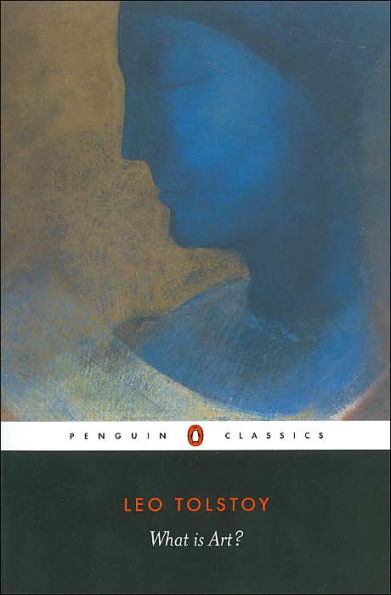This profound analysis of the nature of art is the culmination of a series of essays and polemics on issues of morality, social justice, and religion. Considering and rejecting the idea that art reveals and reinvents through beauty, Tolstoy perceives the question of the nature of art to be a religious one. Ultimately, he concludes, art must be a force for good, for the progress and improvement of mankind.
For more than seventy years, Penguin has been the leading publisher of classic literature in the English-speaking world. With more than 1,700 titles, Penguin Classics represents a global bookshelf of the best works throughout history and across genres and disciplines. Readers trust the series to provide authoritative texts enhanced by introductions and notes by distinguished scholars and contemporary authors, as well as up-to-date translations by award-winning translators.



